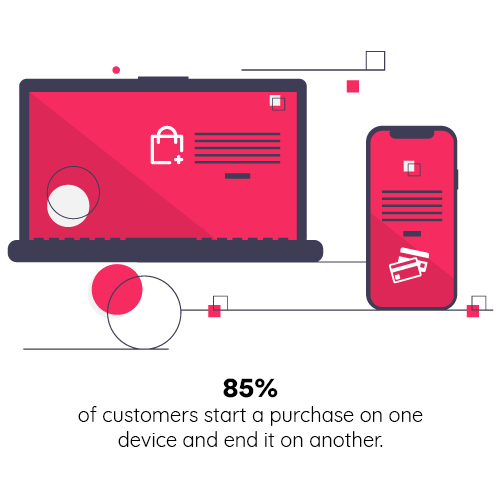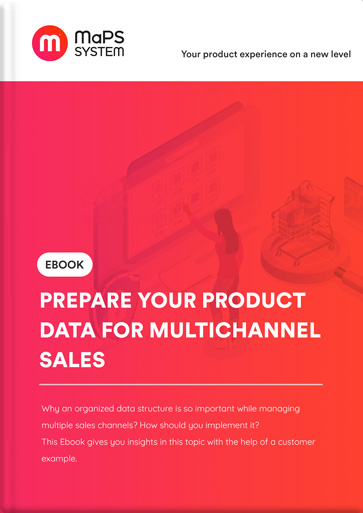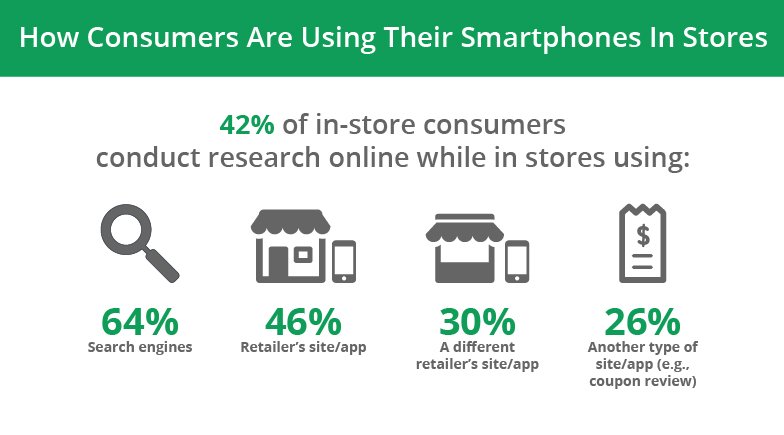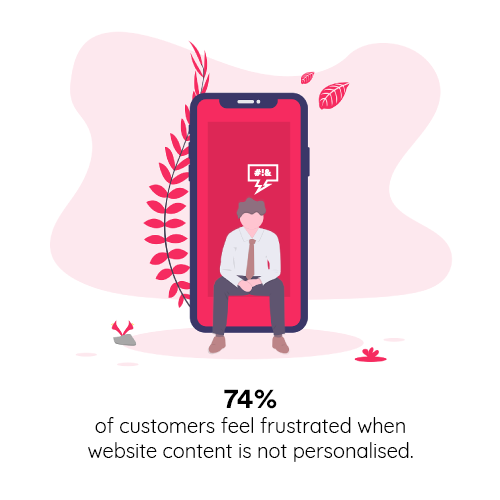In 2019, product information management was definitely one of the main topics for manufacturers and distributors. No matter of the industry, market, companies are looking for new solutions that allow them to effectively manage large amounts of data, channels and tasks with in mind the goal of improving team productivity and data quality.
But then what should we remember about this topic? A 3-point reminder :
1) Centralize and standardize the management of your product data
How do you manage your product data today? Do your teams have a platform where all information is centralized and standardized? We have already discussed the importance of this type of solution in a previous article “Why do you need a PIM solution?”.
Without centralization, you might run into a few potholes on the road for the perfect omnichannel product experience. With data scattered between several sources (Excel file, database, etc.) or third-party solutions (ERP, CRM, etc.), your teams lose precious time in gathering, completing, verifying and adapting the content produced for each channel (website, store, marketplace, social medias…).
Negligence of your product data quality on one channel is to take the risk of losing the attention of your buyers and delaying their purchasing decisions. You’ve probably already experienced this situation when after seeing an interesting product in a store you say to yourself “I’ll do an online check before buying” and if price turns out to be better. So we decide not buying and finally “we’ll see later”.

42% of in-store consumers conduct research online while in stores using app or website.
Satisfying omnichannel customers who actively practice ROPO * requires organization and it will be much easier by relying on unified product data!
2) Always keep in mind your product information
Centralization check! But it would be naïve to think that this is sufficient to ensure optimal quality of your product data. To exploit their full potential, PIM, PXM, etc. solutions must offer data quality monitoring, in particular through dashboards where the completion rate of your product sheets, quick view on incomplete products data, the follow-up of translations and of the copyrights of your images, etc.
Automating the processing of data as much as possible (creation, enrichment, translation, publication, etc.) will allow your teams to stay noticed of current tasks and their progress. What could be more effective than an instant email notification redirecting you to your own dashboard with all the intel on the assigned tasks?
Beyond improving your data quality, the main goal of these controls is to significantly improve your customers’ experience by avoiding their exposure to poorly staged product information (incomplete description or technical information, low image quality or missing,…). They also allow you to act quickly on a large amount of product data where it can be difficult to identify gaps.
3) Personalize and contextualize your product information
Allow your teams to focus on the essentials! No longer let your marketing or e-commerce department create, complete or enrich product information from scratch using disparate sources that are tedious to manipulate. Instead, offer them opportunities to create a bond with your customers by spending more time personalizing and contextualizing your product data. Remember that your products are the engines of your brand image.
Personalization will lead you to customer loyalty! In fact, 50% of customers will be more open to buy again from a distributor who make effort to personalizes their offers and product information. This is why it’s important to put your team in the right conditions to answer their expectations.
Centralization, control and customization! Well done, you have check the first 3-point of our list, we will reveal another checklist soon. Subscribe now to our newsletter and don’t miss anything!
Do you want to go further? Download our white paper and learn how to prepare your product data for multichannel sales.




